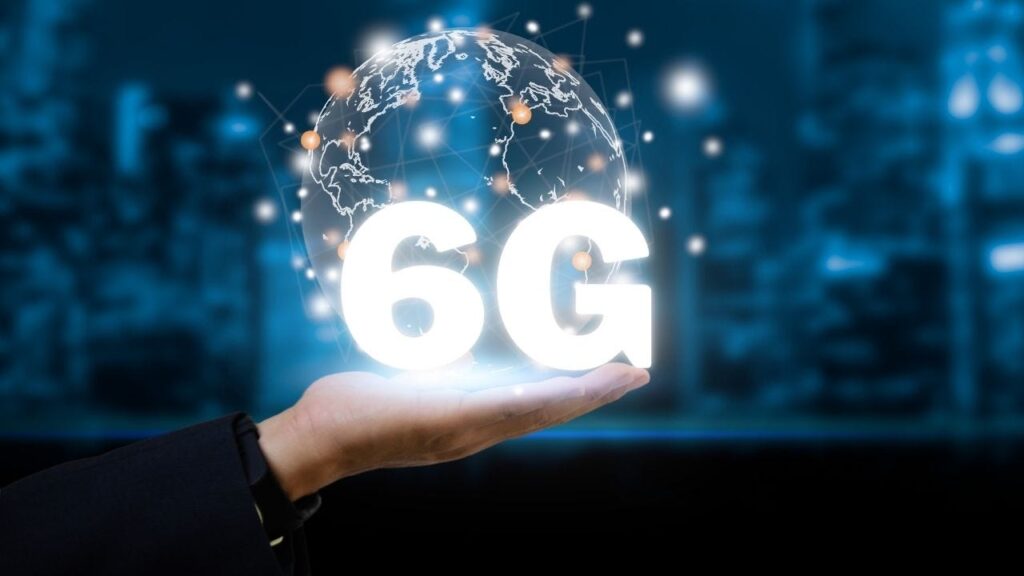In the ever-evolving landscape of mobile communication, each generation of technology brings with it transformative changes, reshaping the way we connect, communicate, and interact with the world around us. As the world eagerly anticipates the widespread deployment of 5G networks, the next frontier in wireless communication, attention is already turning to the future: 6G technology. What will the introduction of 6G bring, and how will it redefine the way we experience mobile communication?
1. Unprecedented Speed and Bandwidth
One of the most anticipated features of 6G technology is its potential to deliver unprecedented speed and bandwidth, far surpassing the capabilities of current 5G networks. While 5G promises blazing-fast download and upload speeds, 6G aims to take connectivity to the next level, enabling near-instantaneous data transfer rates measured in terabits per second. This exponential increase in speed will revolutionize the way we consume and share content, opening up new possibilities for high-definition video streaming, virtual and augmented reality experiences, and real-time gaming on mobile devices.

2. Ultra-Low Latency and Real-Time Communication
In addition to speed, 6G technology is expected to significantly reduce latency, the time it takes for data to travel from the source to the destination. With ultra-low latency on the order of microseconds, 6G networks will enable real-time communication and interaction, making activities such as remote surgery, autonomous driving, and immersive telepresence truly feasible on a global scale. The ability to communicate and collaborate instantaneously, without perceivable delay, will unlock new levels of productivity and innovation across industries.
3. Massive Connectivity and IoT Integration
Another key aspect of 6G technology is its capacity to support massive connectivity, accommodating billions of connected devices and sensors seamlessly. With the proliferation of the Internet of Things (IoT) and the rise of smart cities, homes, and industries, 6G networks will provide the infrastructure needed to power the next wave of digital transformation. From smart appliances and wearable devices to autonomous drones and industrial robots, the possibilities for IoT integration are virtually limitless, paving the way for a more interconnected and intelligent world.
4. Energy Efficiency and Sustainability
As mobile communication continues to evolve, so too does the need for energy-efficient and sustainable technologies. With 6G, efforts are underway to develop innovative solutions that minimize energy consumption while maximizing performance and reliability. From advanced power management techniques to eco-friendly materials and manufacturing processes, 6G technology aims to strike a balance between technological advancement and environmental responsibility, ensuring that future generations can enjoy the benefits of connectivity without compromising the planet.
5. Enhanced Security and Privacy

In an increasingly connected world, cybersecurity and data privacy have become paramount concerns. With 6G technology, there is a renewed focus on strengthening security measures and safeguarding user data against emerging threats and vulnerabilities. Through advanced encryption protocols, decentralized authentication mechanisms, and robust privacy controls, 6G networks will offer enhanced protection for users and their sensitive information, fostering trust and confidence in the digital ecosystem.
As we look ahead to the future of mobile communication, the introduction of 6G technology holds immense promise for shaping the way we live, work, and interact in the digital age. With its unprecedented speed, ultra-low latency, massive connectivity, energy efficiency, and enhanced security, 6G has the potential to revolutionize every aspect of our lives, from entertainment and education to healthcare and transportation. While the full extent of 6G’s capabilities remains to be seen, one thing is certain: the future of mobile communication has never looked brighter.


